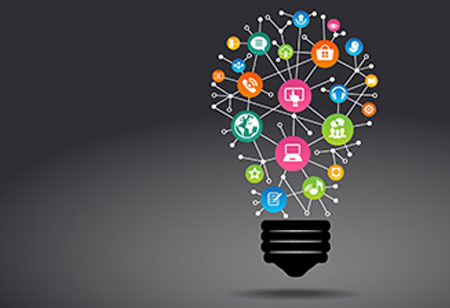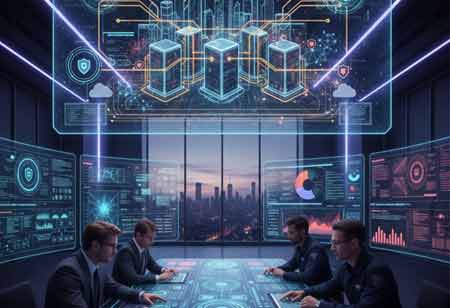THANK YOU FOR SUBSCRIBING
The evident disruption, Industry 4.0
Since the early 1700s, one or two innovations and discoveries have led what is termed by pundits as ‘Industrial Revolution.

By
Apac CIOOutlook | Thursday, January 01, 1970
Stay ahead of the industry with exclusive feature stories on the top companies, expert insights and the latest news delivered straight to your inbox. Subscribe today.
Since the early 1700s, one or two innovations and discoveries have led what is termed by pundits as ‘Industrial Revolution.’ Be it the first steam engine or the mechanical loom that sparked the first industrial revolution or electricity, these creations propelled mass production of goods and commodities, essentially constituting the second revolution. Then came the Second World War, which gave the world computers, devices that made basic arithmetic and algebraic equations easier, giving birth to the Industry 4.0 or fourth industrial revolution.
Though there aren’t any specific technologies that are leading Industry 4.0, digitalization seems like the most prevalent genre responsible for most of the disruption witnessed in the current day and age. Concepts such as cloud computing, artificial intelligence, IoT, SaaS, PaaS, IaaS, real-time data processing, robotics, and automation have cut down most of the manual, redundant tasks by a considerable margin. Though some of these concepts are still in their infancy, industries are adopting them for faster manufacturing and production intervals. Automated assembly lines have replaced mechanically operated equipment, reducing the idle time between two successive production cycles. Data aggregation is outsourced to a conglomerate of IoT devices that remotely gather information in real time from the automated assembly line. This, in turn, has paved the way for faster data analytics with reduced errors and discrepancies. Similarly, manual labor is being replaced by smart labor, owing to cloud computational capabilities that deliver efficient and streamlined workflows. Proofs of concepts such as these have collectively led the disruption that constitutes Industry 4.0.
Check Out This: Technology and the Next Industrial Revolution





